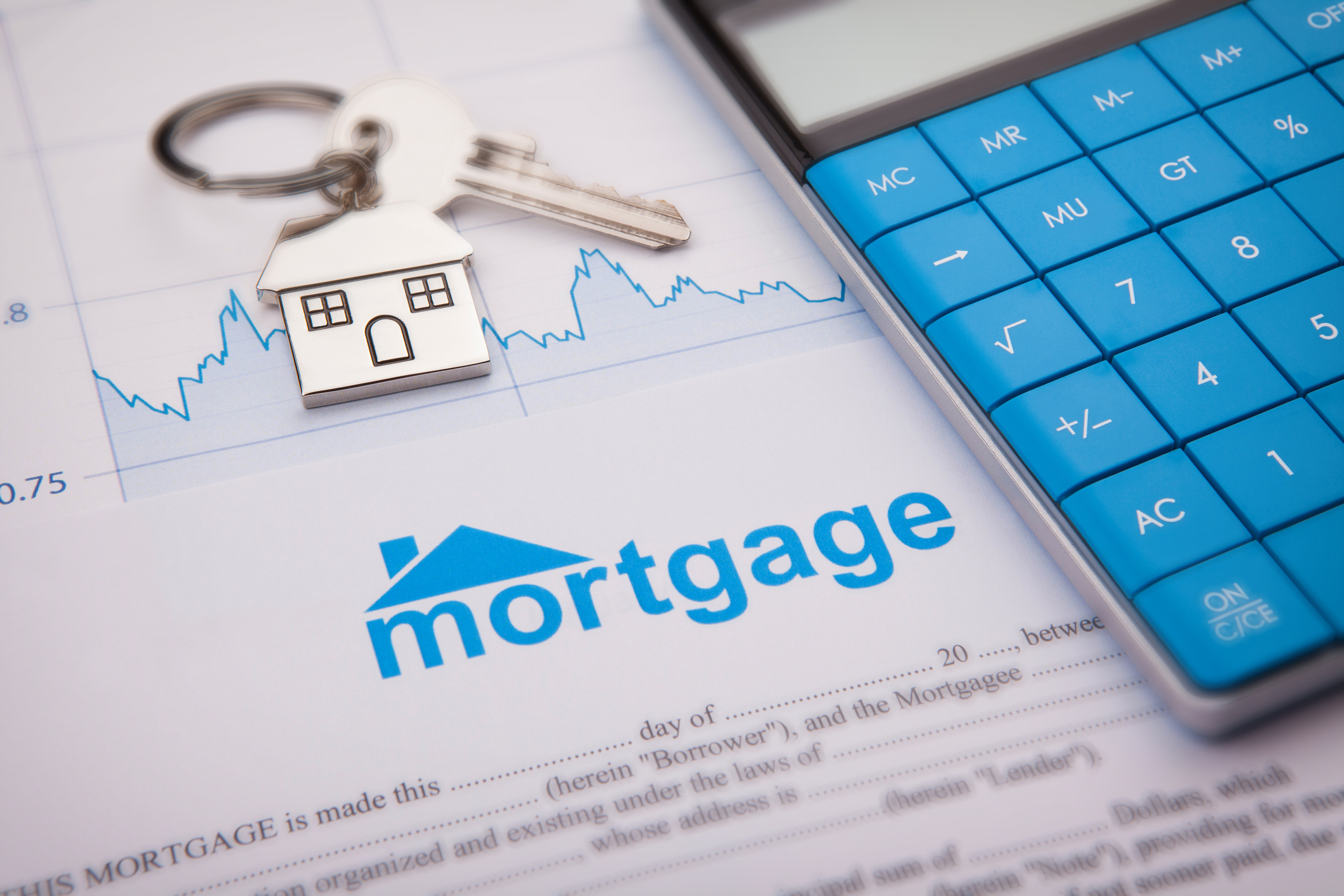Conventional Mortgage Loans: Exactly How They Contrast to Other Financing Options
Conventional Mortgage Loans: Exactly How They Contrast to Other Financing Options
Blog Article
The Vital Aspects to Think About When Picking In Between Fixed-Rate and Adjustable-Rate Home Loan Fundings
When reviewing home mortgage alternatives, borrowers encounter a crucial choice between fixed-rate and adjustable-rate car loans, each presenting distinctive advantages and potential pitfalls. Trick considerations such as passion rate security, predictability in month-to-month payments, and the effects of potential price adjustments can dramatically influence lasting economic health.
Rates Of Interest Security
When picking a mortgage, recognizing rate of interest rate security is essential for notified decision-making. Passion prices can substantially influence the overall expense of a mortgage, and acknowledging the nature of these rates is important for customers.
On the various other hand, variable-rate mortgages (ARMs) begin with reduced first rates that might alter periodically based on market conditions. While this can cause lower settlements originally, it also introduces uncertainty, as borrowers may deal with enhanced repayments if rate of interest increase. For those taking into consideration an ARM, it is essential to assess the likelihood of price adjustments, the possibility for settlement rises, and the size of the first fixed-rate duration.
Eventually, the option between adjustable-rate and fixed-rate home mortgages rests on specific danger resistance and monetary scenarios. Recognizing interest rate stability helps customers make notified decisions that align with their lasting monetary goals.
Monthly Settlement Predictability
While consumers usually focus on rates of interest security, the predictability of regular monthly payments is equally vital in the home loan selection procedure (Conventional mortgage loans). Regular monthly payment predictability plays a vital role in budgeting and economic planning, as it straight impacts a home owner's cash flow and overall economic health
Fixed-rate home loans provide a consistent monthly repayment throughout the life of the lending, allowing customers to expect and prepare their expenses successfully. This stability can be particularly helpful for first-time buyers or those on a set income, as it removes the uncertainty connected with varying settlements.
Conversely, variable-rate mortgages (ARMs) usually include lower preliminary payments that can alter with time, leading to prospective irregularity in monthly responsibilities. While originally appealing, this changability can make complex financial planning, particularly if borrowers do not represent future price adjustments.
Prospective Price Adjustments
In the world of adjustable-rate home loans (ARMs), prospective price changes represent a considerable variable that borrowers should meticulously consider. Unlike fixed-rate mortgages, where the rate of interest rate stays unmodified for the life of the lending, ARMs are identified by changing rate of interest that are tied to market indices. This variability can lead to substantial changes in regular monthly repayments, influencing the borrower's monetary preparation and budgeting.
Debtors should be conscious of the margin and index utilized to calculate these changes, as they straight influence future passion prices. Additionally, ARMs often consist of caps that limit how a lot the rate of interest rate can raise at each modification and over the life of the lending, which can give some degree of protection versus drastic price hikes.
Recognizing these prospective changes is critical for consumers, as they directly impact long-lasting payment responsibilities. Evaluating personal monetary scenarios and risk tolerance is vital when determining whether an ARM aligns with one's economic objectives.
Loan Term Factors To Consider
Finance term considerations play an essential function in the decision-making procedure for customers choosing in between adjustable-rate and fixed-rate home loans. The size of the funding term significantly affects month-to-month settlements, rates of interest, and total financial planning. Fixed-rate home loans generally provide regards to 15 to three decades, offering stability in month-to-month payments and predictability in budgeting. This can be particularly appealing for consumers that plan to remain in the exact same home lasting and favor the certainty of set settlements throughout the life of the loan.

Inevitably, customers have to analyze their personal circumstances, economic objectives, and market problems when weighing the effects of finance term options within each home mortgage type.

Total Expense of Loaning
Fixed-rate home mortgages supply foreseeable regular monthly settlements, as the rate of interest rate stays constant throughout the click now finance term. This predictability can lead to lower general expenses, particularly in a secure have a peek at this site or declining interest rate atmosphere.
Conversely, adjustable-rate mortgages (ARMs) typically begin with lower preliminary prices, resulting in minimized in advance expenses. Nonetheless, these prices can raise after a first period, bring about possibly higher long-lasting costs. Consumers need to take into consideration the regularity and extent of rate changes, as well as the overall financing duration, to accurately assess the monetary ramifications.
Additionally, the overall price of borrowing includes not only interest prices however also costs and various other associated prices, such as closing prices and insurance coverage (Conventional mortgage loans). As a result, when reviewing home loan options, debtors need to carry out a detailed expense analysis over the life of the funding. By doing so, they can make an informed choice that lines up with their financial objectives and risk resistance
Final Thought
Interest rate security and month-to-month settlement predictability are paramount for effective budgeting, while the capacity for rate modifications in ARMs presents economic unpredictability. Additionally, the expected period of homeownership and the total price of borrowing, consisting of passion rates and associated fees, need to straighten with individual financial conditions and risk tolerance.
Secret considerations such as rate of interest price security, predictability in regular monthly repayments, and the ramifications of possible price changes can dramatically influence lasting economic health and wellness. Rate of interest rates can substantially affect the overall cost of a mortgage, and recognizing the nature of these rates is essential for borrowers. Unlike fixed-rate mortgages, where the rate of interest price stays unchanged for the life of the funding, ARMs are defined by varying interest rates that are linked to market indices. In addition, ARMs commonly include caps that restrict how a lot check this the interest rate can boost at each change and over the life of the finance, which can give some degree of security versus radical price walkings.
Interest price stability and month-to-month repayment predictability are vital for effective budgeting, while the possibility for rate changes in ARMs presents financial unpredictability.
Report this page